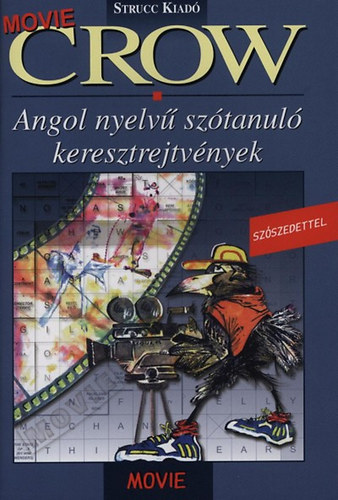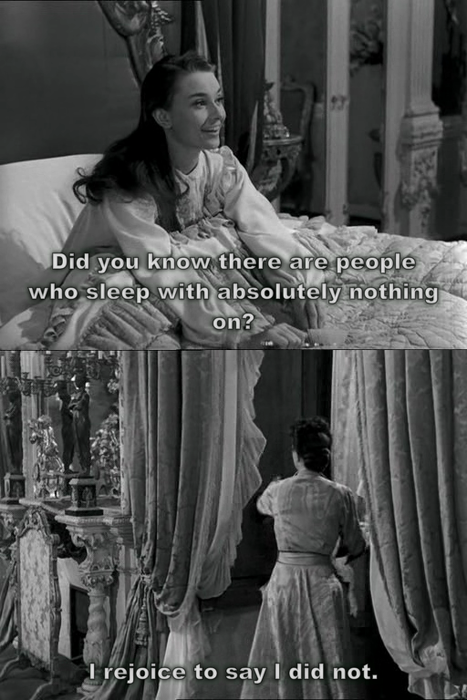|
De mindezek előtt lehet, hogy kíváncsi vagy az alábbi cikkre:

A mennyiségjelzők (angolul QUANTIFIERS) kifejezésének a legnagyobb nehézsége az angolt tanulók számára abban áll, hogy meg kell birkózni a következő, magyarban ismeretlen jelenséggel: a megszámlálható (COUNTABLE) illetve megszámlálhatatlan (UNCOUNTABLE) FŐNEVEK (NOUNS) létezésével. Ugyanis ez minden mennyiség meghatározásának gyökere és a legtöbb mennyiségjelző idomul a főnevek ilyen-olyan típusához. Nem mindegy ugyanis, hogy időből, barátból van-e sok, kevés, néhány, épp elég, vagy semennyi. Segítséget nyújthat számotokra ez a cikk, hogy kiigazodjatok a mennyiségek útvesztőiben.
Először is a főnevekkel ismerkedjünk meg.
MEGSZÁMLÁLHATÓ FŐNEVEK
Angolul: COUNTABLE NOUNS, a továbbiakban (C)
Ezek a viszonylag könnyen felismerhetőek, valamennyi külön egyszerűen elhatárolható vagy "darabos", nem okoz gondot megszámlálni őket, vagy elviekben meg lehetne mondani, hány darab van belőlük. Van egyes és többes számú formájuk is. Többnyire S többes számú jelet kapnak, de van bőven rendhagyó is, amely vagy csak néhány betűváltozást érint, máskor teljesen új szó a többesszámú alak.
Pl. book-books, chair-chairs, person-people, mouse-mice, shelf-shelves stb.
MEGSZÁMLÁLHATATLAN FŐNEVEK
Angolul: UNCOUNTABLE NOUNS, a továbbiakban (U)
Na, ők a magyar anyanyelvűek számára (is) megfoghatatlanabbak. Hoppá! Ez a lényeg! Általában tényleg azok is, azaz nehéz elhatárolnunk (illetve lehetetlen) külön darabokat vagy egységeket belőlük, így nem mondhatjuk, hogy van belőle pl. egy (angolul: a/an) és nem is tehetjük őket többesszámba.
Fajtái általában durván 3 nagyobb besorolásba tartoznak:
1) ANYAGOK:
-légneműek: air, smoke, oxygen stb.
-folyékonyak: water, tea, coffee, Coke, rain stb.
-szilárdak: sugar, rice, flour, glass, stone, iron, wood, stb.
2) ELVONT FOGALMAK:
-érzelmek és társaik: love, patience, luck, violence, anger, sadness, misery, happiness stb.
3) MEGLEPŐEK:
-melyeket "magyar aggyal" megszámolhatónak vélnek és rosszul használnak: information, furniture, advice, time, money stb.
Röviden ennyit a főnevekről. De ez a mennyiségjelzőket hogyan befolyásolja?
Hát valahogy így: már azt is másképpen kérdezem, hogy mennyi van megszámlálhatóból és megszámlálhatatlanból!
How much + (U) = Mennyi?
How much water do you drink a day?
How many + (C) in PLURAL (többesszámban, a továbbiakban PL) = Hány 'darab'?
How many friends do you have?
Apropó:
MUCH=sok (U), főként kérdésben és tagadó mondatban szerepel (-)(?)
I don't have much money.
MANY=sok (C), (PL) főként kérdésben és tagadó mondatban szerepel (-)(?)
I never had many friends.
A LOT OF vagy LOTS OF +(U)/(C)=sok, ez a preferált kijelentő mondatokban (+), de nem csak ott fordulhat elő. (U) egyes számban (SI) jön utána, (C) többesben (PL).
She eats a lot of fruit/bananas.
Do you drink lots of alcohol/cups of coffee?
Lehet fokozni:
QUITE A LOT OF= egész sok vmiből, a használata u.a. mint a lot of esetén.
I drink quite a lot of tap water.
Vigyázat#1!
QUITE+ADJECTIVE= egész ilyen/olyan
This room is quite big.
Vigyázat#2!
VERB+ A LOT= sokat csinál valamit! (pl. beszél)
That girl talks a lot.
A csésze kávés mondat elvezet ahhoz a megoldáshoz, amely segítségével meg lehet számolni (!), azaz mérni/kifejezni a (U)-eket is! Tárolók (containers) vagy mértékegységek.
a cup of tea (csésze)
two glasses of wine (pohár)
three bottles of champagne (üveg)
four litres of water
five cans of beer (doboz)
6 bars of chocolate (szelet/tábla)
7 cartons of juice (doboz)
8 baskets of fresh fruit (kosár)
9 packs of flour (csomag)
10 pounds (font)
Mint látod, a tárolókat/egységeket többesszámba teheted a (U) viszont marad SINGULAR (SI).
Lehet, hogy túl sok van valamiből, vagy valaki túl sokat beszél/eszik/iszik, azaz nem kéne annyit ezt cselekednie.
TOO MANY+ (C)(pl)
You smoke too many cigarettes.
TOO MUCH+ (U)
There's too much smoke here now.
VERB+ TOO MUCH
Don't you think you smoke too much?
Vigyázat#3!
TOO+ ADJECTIVE(melléknév)= túl ilyen/olyan
The soup is too hot for me to eat it.
Nem biztos, hogy sok van valamiből, csak néhány, pár, egy kicsi, némi, esetleg kifejezetten kevés.
Velősen:
Not many.
Not much.
Not a lot.
Not enough.
Hosszabban:
A FEW + (C)(PL)= néhány, pár
We want a few shelves here.
A LITTLE + (U)= egy kis, némi
There is still a little wine left.
SOME + (C)(pl)/(U)= néhány, pár, egy kis, némi
You need some new shoes.
They are drinking some vodka.
ENOUGH+(C)/(U)= elég vmiből
I have enough books.
She doesn't have enough time for me.
Vigyázat#4!
ADJECTIVE+ENOUGH= elég bátor/erős/okos
He isn't brave/strong/smart enough.
(very) FEW+ (C)(pl) = (nagyon) kevés
Few people came to class yesterday.
(very) LITTLE+ (U) = (nagyon) kevés
There is very little milk at home.
TÖBB (mint a semmi):
MORE+ (C)(pl)
We have more friends than you.
MORE+ (U)
You need more time to write an essay.
Fokozás:
MUCH MORE+(U)/(C)(pl)= sokkal több
I earn much more (money) than she does.
MUCH+ COMPARATIVE (középfokú mellékvév)= sokkal ilyenebb/olyanabb
I am much happier now that I got married.
This teacher is much more patient than the other one.
SEMENNYI, SEMMI:
ANY + (C)(pl)/(U) tagadó mondatban (-) = semennyi
There isn't any mineral water in the fridge.
There aren't any flowers in his garden.
ANYTHING tagadó mondatban = semmi
There isn't anything* in the fridge!
NO + (U)/(C)(pl) állító mondatban (-) = semennyi
There is no mineral water in the fridge.
There are no flowers in his garden.
Velősen:
NONE.= Semennyi(t)/Egy darab(ot) sem.
-How much mineral water is there in the fridge?
-None.
-How many flowers are there in his garden?
-None.
NOTHING.=Semmi(t).
-What is in the fridge?
-There isn't anything* in the fridge! OR
-There is nothing in the fridge! OR
-Nothing!
*az anything/nothing alany csak E/3. személyű igével állhat!
KIVÉTELEK:
Amikor udvariasan kérünk valamit vagy kínálunk valamivel valakit, kérdésben SOME(THING)-ot használunk. Ezekre az udvarias kérdésekre igenlő választ várunk:
Would you like some tea?
Can I have some biscuits?
Would you like to say something?
Hát, ennyit dióhéjban arról, hogy hogyan kell kifejezned, ha sok cigarettát szívsz vagy sokat iszol ANGOLUL :)
Remélem, segítettem valamit :D
|


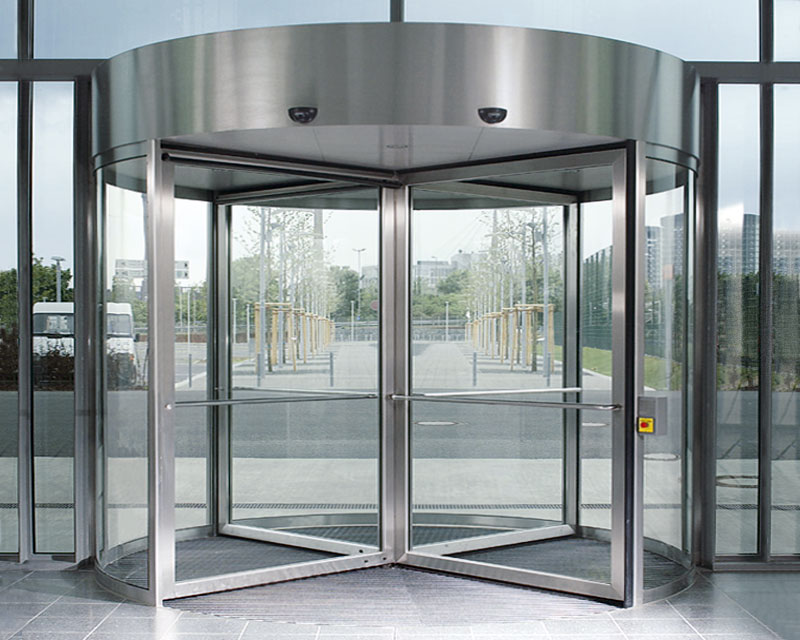
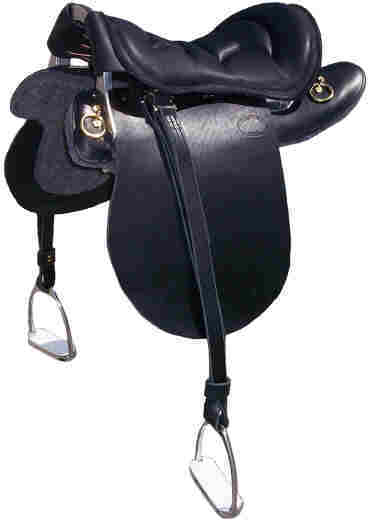


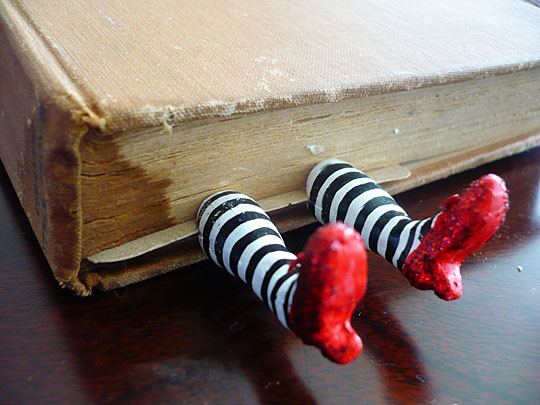







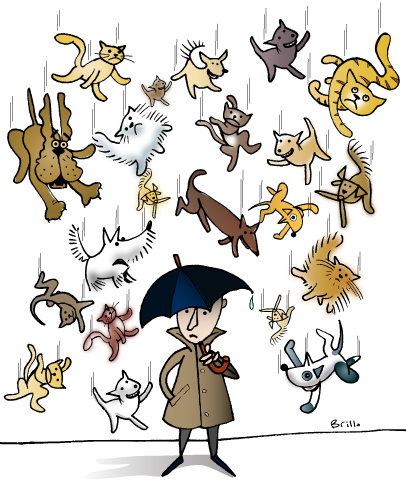
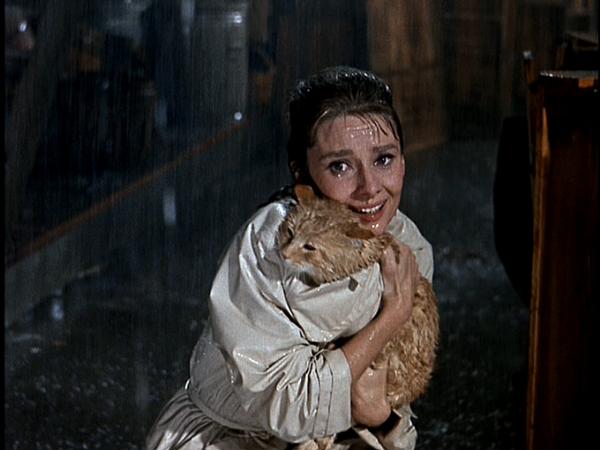
 nyelvoktató csatornámra!
nyelvoktató csatornámra!
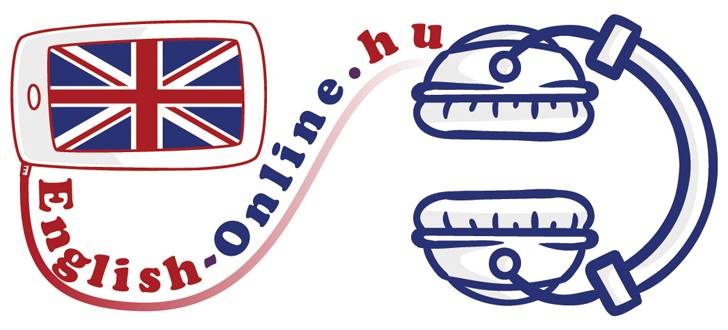

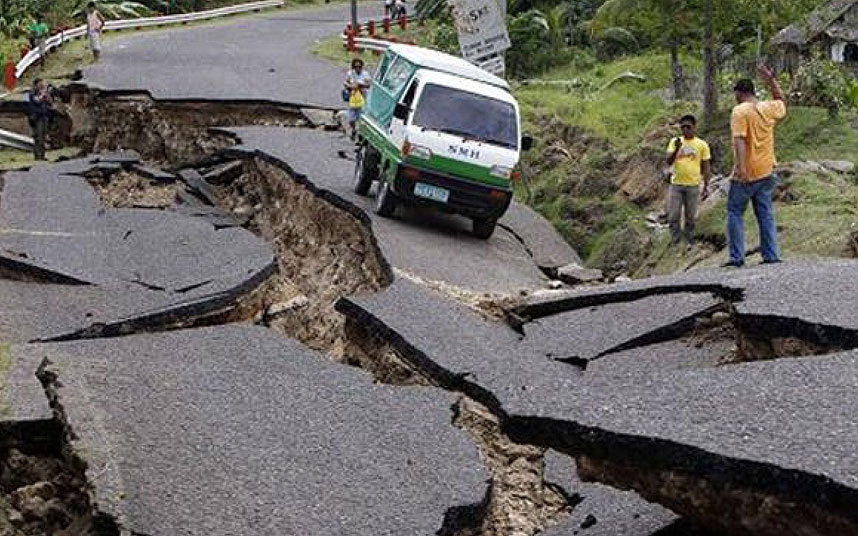
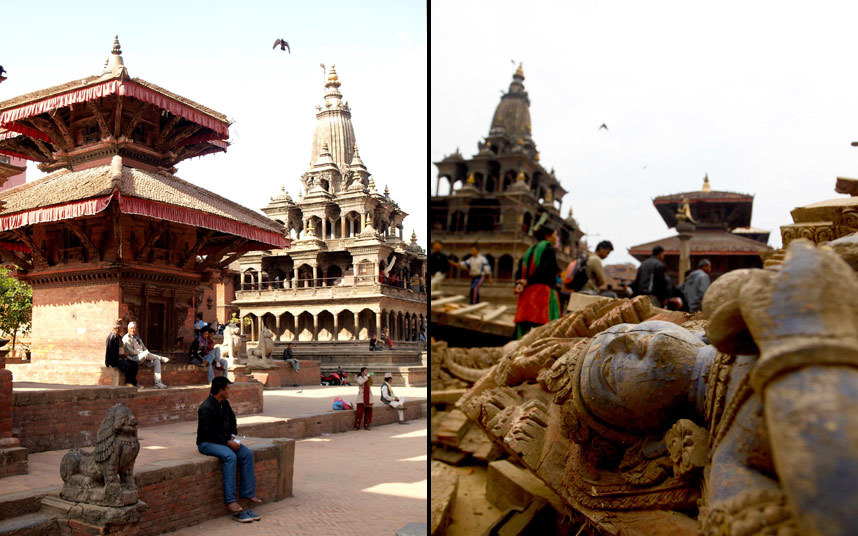







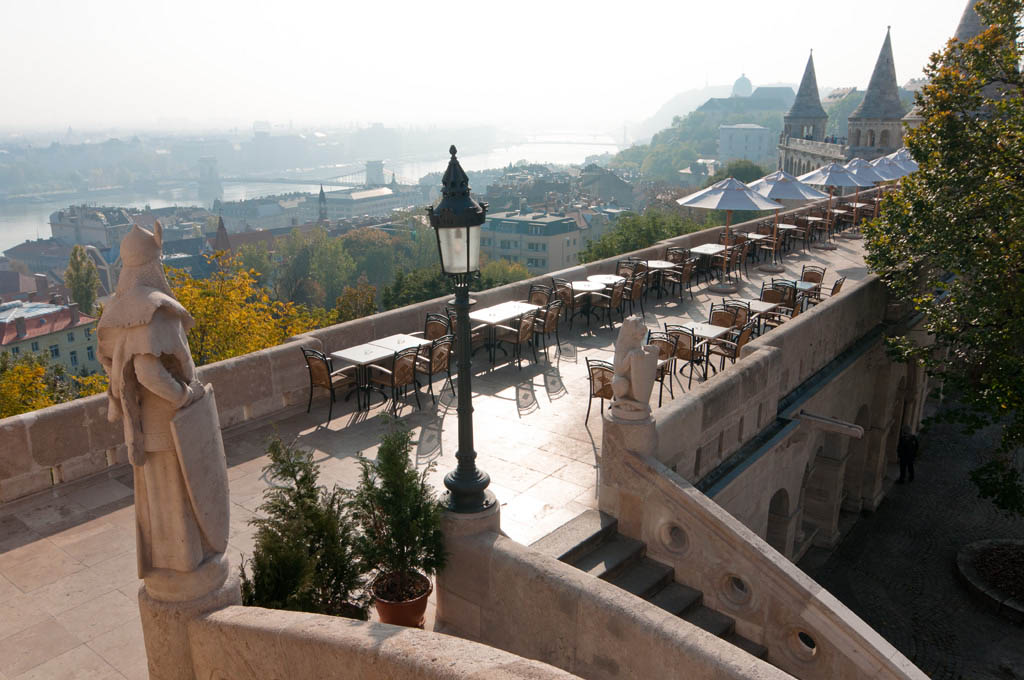
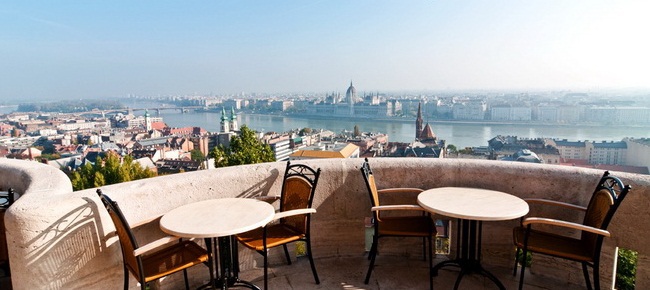




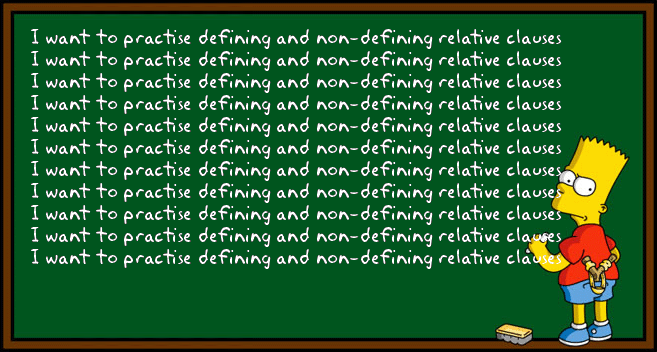
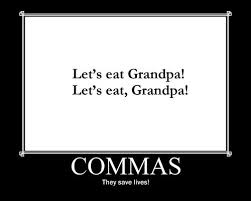


 Sokan kérdezitek tőlem:
Sokan kérdezitek tőlem: 